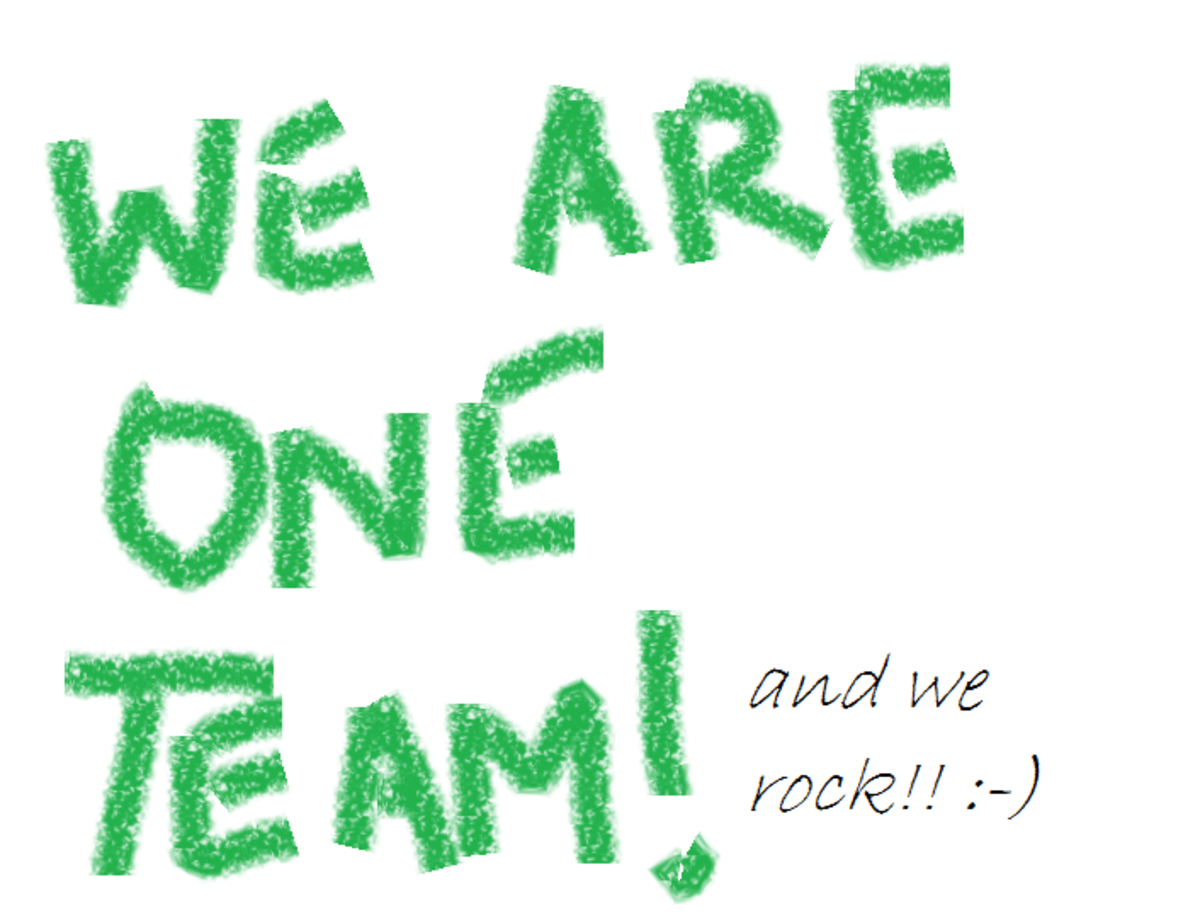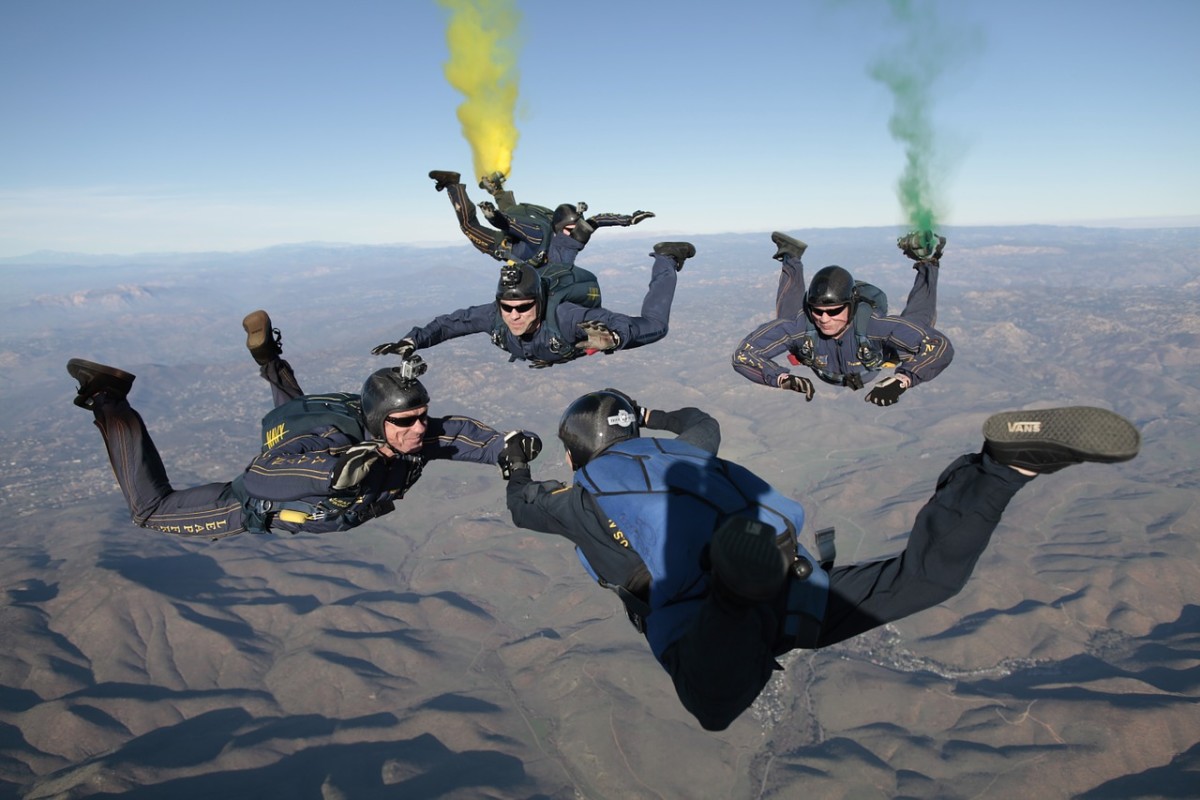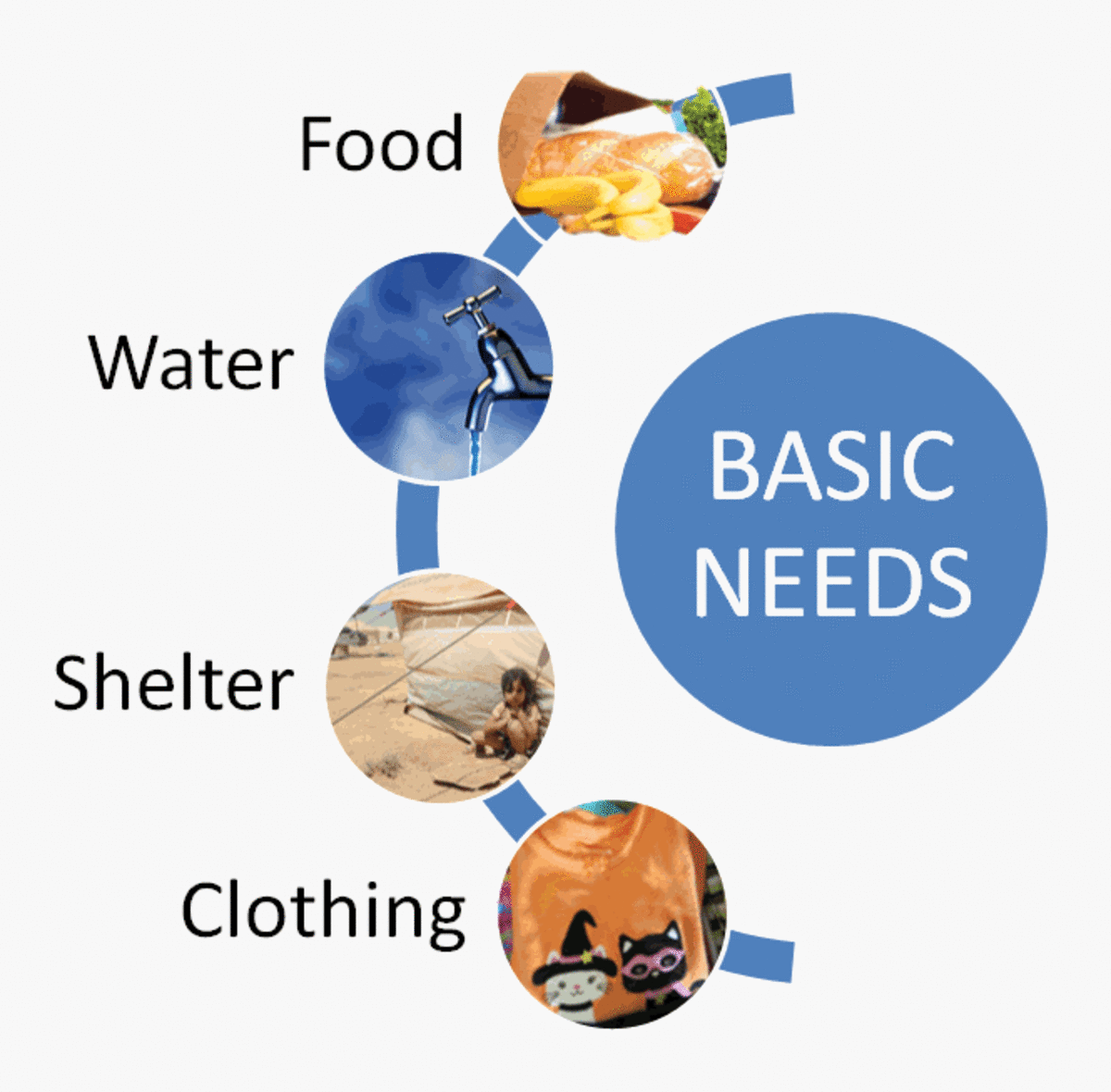How Tribalism Stands in the Way of Modernization
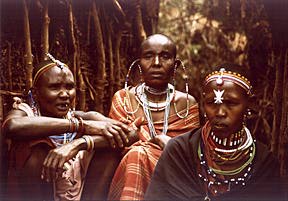
What makes a Tribe?
Tribalism and tribal interests have kept huge populations from advancing into what we refer to as the modern world. History shows us that between the 18th and 20th centuries, most of the world was tribal. These early tribes were organized around families, ethnic groups, language, cultural practices, religious practices, and other traits which fostered similarity. Some of the reasons for banding together in tribal group are obvious; the most noteworthy was for survival itself. A homogenous group was more adept at hunting, gathering, and presented a difficult target for potential attackers, and could live in a state of near-harmony due to their common interests. When men and women congregate, group dynamics brought the development of a hierarchical structure where the strongest or best hunter or whatever skill was most valued rose to a leadership position. The others quickly discovered their place in the order and a collective understanding was established where the leaders made the rules, distributed the tribal assets, and kept everyone in line. Some tribes were family-based with the leadership role being held by the eldest male or female member and succession was on blood instead of skill-set value.
Members of a most tribes were extraordinarily loyal to their own group and usually had very strong negative feeling for those outside of the tribe. This tribal mentality continues today in a greater extent than most people might realize and is the central focus for the remainder of this piece. When we deconstruct the tribe and understand the various moving parts, it will become evident. The earliest tribes were predominantly foragers or hunter-gathers and were mostly nomadic, moving to where resources were and when they were exhausted, moving again. Larger numbers meant more people to gather and childbearing was encouraged. Other more evolved tribes herded animals for both milk and as a food source, domesticated animals for transportation, and had a much larger range than their counterparts. Early tribes raided one another, taking resources and people to either enslave or to be married off to a victorious tribe member. Other tribes were agrarian in nature, planting and growing food to supplement hunting and foraging. These early tribes operated differently but were all based on constantly working for survival; everything was tied to basic necessities.
The people who made up these tribes could also be classified in several groups. The largest group can be called the worker class, which was made up of men, women, and children who were the backbone of the tribe labor force, whether they farmed, gathered, or hunted, this group got things done. They didn’t challenge the social norm and were easily controlled. Another group, which made up most of the tribal leadership, were Alpha’s, or those few who demonstrate skills or strength which is superior to the other members. The Alpha made the rules and guided the workers. As tribes evolved some other groups emerged including a builder class, which is pretty self-explanatory, and an enhanced worker class which developed specialized skills such as metalworking or leatherworking. Also some tribes lived and died by the sword and had a warrior class or military class which was about conquest and defense.
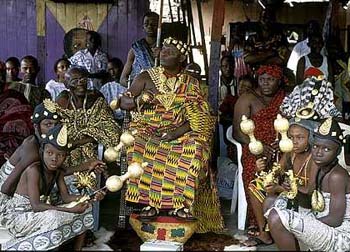
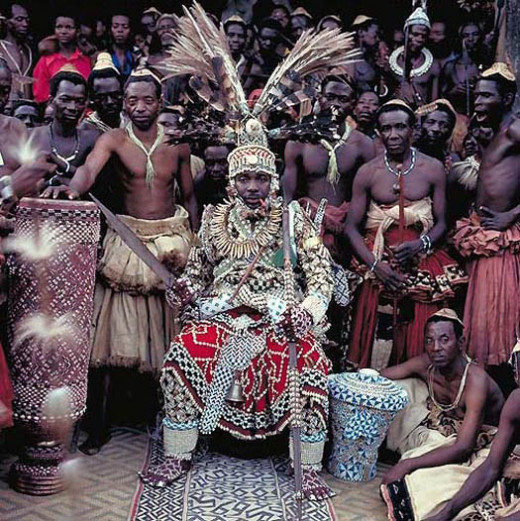
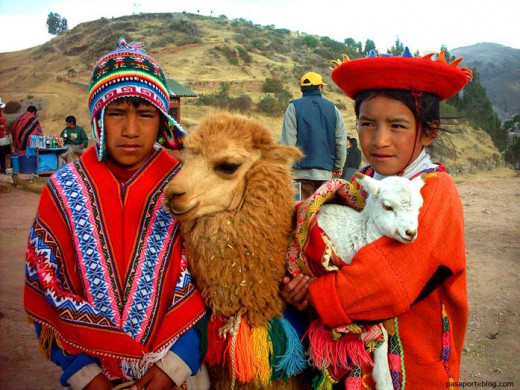
Tribal Evolution
Early tribalism was simplistic as it was convoluted; socially centralized with varying numbers of participants and as a whole would be considered self-sufficient to the outside world but internally the members were dependent on one another for survival. Yet structurally the tribe was weak and susceptible to a myriad of problems from internal sources. Leadership was based on status, strength, or the ability to fight instead of on a skill set which would further the collective interests of the entire tribe. All wealth, rule-making, and many other major topics were dictated by the leader and in some cases a council of leaders. The individual had little impact on the political, social, or religious choices made and there was little opportunity for upward mobility. The leaders of these tribes adopted a regal or royal mentality, and with control over the resources of the tribe, became viewed as a provider by the workers. Soon, leadership evolved to ultimate power and a tribe leader could have people put to death, enslaved, stripped of their possessions and family, or give one man’s wife to another, divide up war spoils proportionately or not, demand payments deemed taxes, and many other things.
The rest of the tribe voluntarily submits to the leadership in all aspects of their lives. Social classes emerge with distinct breaks between them and no mobility. Conformity becomes the normal practice and people cease to try on many levels knowing that it will not lead to anything to improve their lives. A farmer just farms, not trying to improve his yields or maintain his land, only following the established protocol. The gradual closing of minds with respect to new ideas, different cultural practices, new or revolutionary methods of doing things, and anything else that doesn’t fit the tribal script is where the real damage occurs. Strong social norms lead to strong self-policing among members keeping any potential sparks from catching fire and bringing those who bend the rules to tribal leadership to receive punishment. The tribe becomes a stronger and stronger controlling force in the lives of its members and the communities which originally brought the people together become an ironclad web of sameness and also a strong deterrent for any sort of diversity or influence from outside sources. The tribe is its own living breathing entity with one voice determining its future and often that one voice lives in luxury while workers live in poverty, but for fear of extreme retribution refuse to break the status quo.
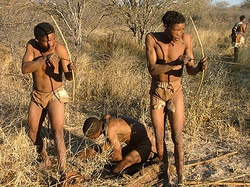
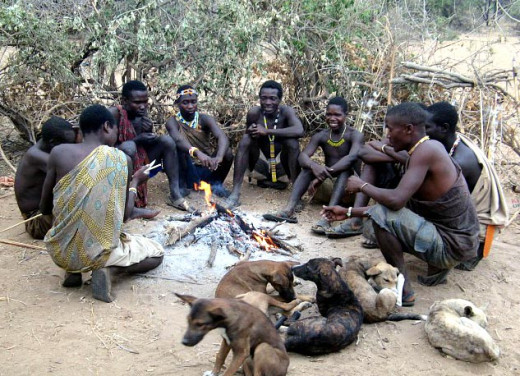
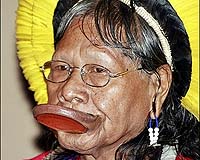
Tribal Leadership
The tribal leader and his or her selected helpers have every comfort they need and have no real need to develop anything greater than a simplistic economy, either with bartering, or simple monetary exchange. No political groups develop as there are no elections. The leader controls everything and taxes the populace but gives little in return to the citizenry. There is only one religion and it’s the one the leader follows and everyone else does as well. In most important areas, there is only one choice and it’s never made by anyone else other than the leader. The membership are indoctrinated from generation to generation with an overbearing groupthink mentality.
Other than controlling the people, the tribal leadership also controls the land or territory that the tribe calls home, including the natural resources a source of great wealth in many areas of the world. The workers mine for minerals, drill for oil, cut timber, herd animals, and harvest crops but receive little of the wealth they bring.
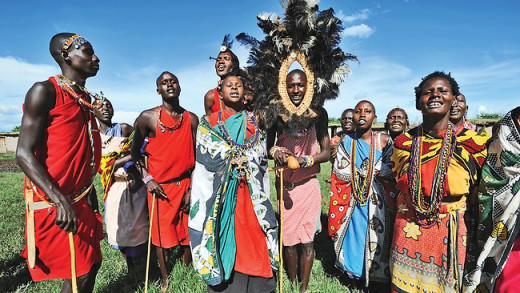
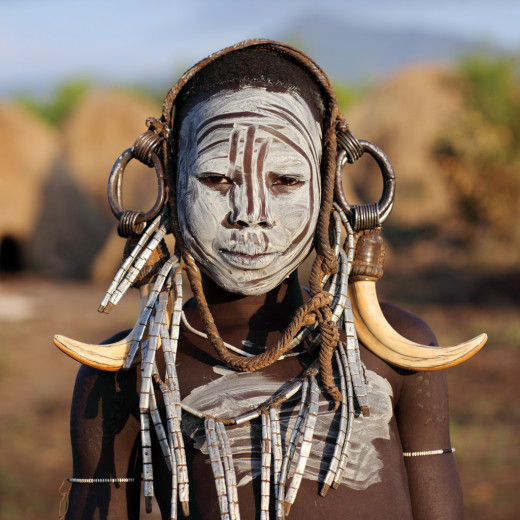
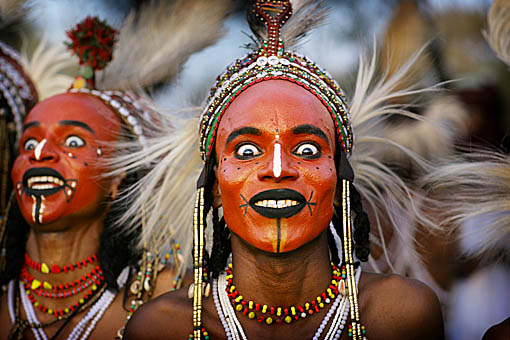

20th Century Africa
Fast forward to the 20th Century and look at where tribalism still exists and how it impacts the world we live in today. Africa is usually the first place people think of when they hear the word tribal. The second largest Continent on Earth and home to over a billion people across over sixty nations is a mix of modern cities very similar to those in Europe and the United States and little villages with grass and wood huts. At last count Africa has over three thousand distinct tribes which vary in many different ways. Some of these tribes have modernized, however most still live the way their ancestors did hundreds of years ago. People still live in a primitive state using what the land offers to make their homes and their livelihoods from. They practice ancient marriage rites, mutilate their bodies, and worship their old gods. And, they are very loyal to their own and frequently engage one another in armed combat. Governments have been overthrown, families wrecked, and attempts by outsiders to develop African lands thwarted by tribal warfare. African historians put the blame for the current events on the colonial period of Africa, when European influences encouraged tribal conflicts as part of a divide and rule strategy, very similar to the process American President Barack Obama employs in his role as leader. Now in the post-colonial period, they claim that Africans stay at war with one another in the fight for the limited resources of the land. Regardless of the attempt to identify the cause of the conflicts, the results are millions of people being butchered in power struggles between the groups.
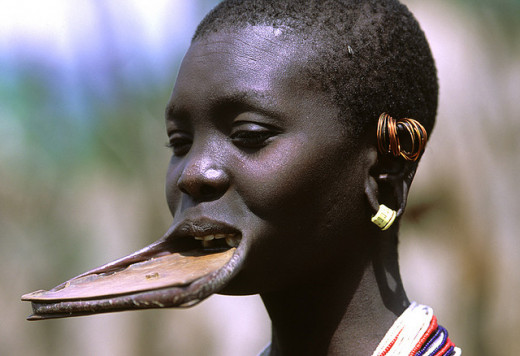
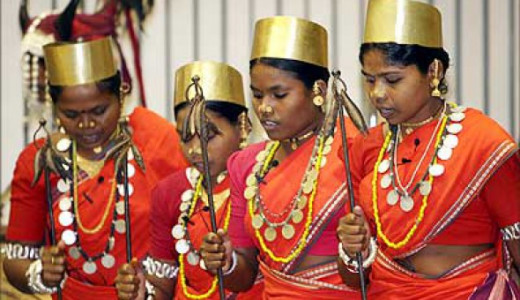
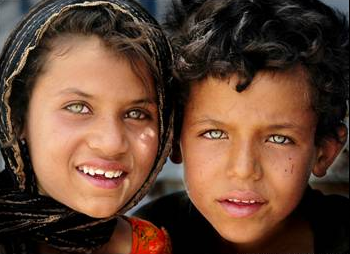
The Middle East & Asia
The Middle East and Asia are home to many more tribes, more heavily tied to religion, somewhat more modernized, but extremely violent and intolerant of outsiders. Arab culture and tribalism within Islam impacts everything from family relations, to government, and individual rights. Even the Arab-Israeli dispute and the conflicts between Muslims and non-Muslims have their roots in Arab tribalism. To understand how tribalism influences Arab culture and Islam requires knowledge of some basic facts that were established long ago. Part of any tribesman's job is to maximize both the number of children they have and to accumulate livestock, more children meant more hands available to work and more livestock meant wealth. The family unit would be more committed to common interests than hired individuals so it provided a better focused work program. Large families also enhance political stature. Also, cultural values underline this emphasis on progeny. Despite how vulgar it sounds, in Arab culture, a man is not a man if he cannot produce children, and a woman is not really an adult if she does not become a mother. With a focus on growing both the human and animal population, tribes also had to grow lands in order to support them and nothing else was more common in Middle Eastern history than tribal warfare.
The rise of Islam is closely associated with tribalism. Muhammed, the Muslim prophet united the warring tribes of Bedouins and provided them with a set of rules which they could all supposedly live under in peace. His set of rules had the imprimatur not only of Muhammad but also of God. Submission—the root meaning of the Arabic term Islam–to God and His rules, spelled out in the Qur'an, bound into solidarity those Arabian tribesmen. He then went a step further and made all the individual tribes into a single tribe (Muslims) with unified goals and common interests, one being to conquer the infidels. The armies of the Muslims quickly swept across the lands in a reach that had not been seen since Rome and her armies took over almost the entire known world. The Muslims took tribal raiding to a new level, but with the same results. Slaves were taken, brides were awarded to fighters, and conquered peoples were converted and made part of this growing tribe. Although much of the Middle East is modernized, the Arab Kings control the wealth and the people, and the Iman’s dictate every detail of how people should live their lives.
India currently has 645 tribes numbering over one hundred million people and research has identified that these tribal communities lag way behind mainstream. The Indian government has made special provisions in their Constitution for the development and welfare of these tribes in modern times. As seen in the previous examples, the Indian tribes also are extremely loyal to their tribe and history has seen numerous violent tribal events over land and religion.
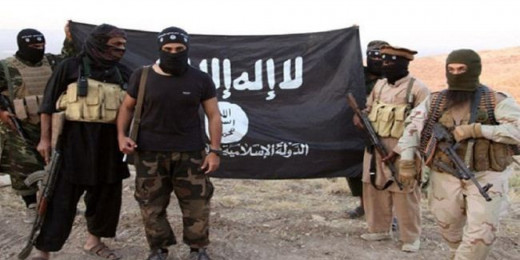
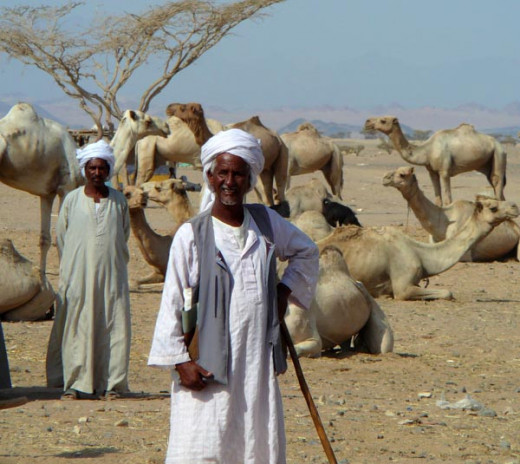
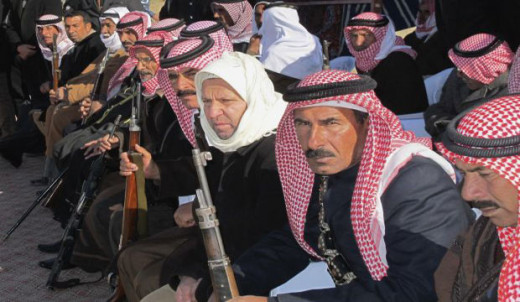
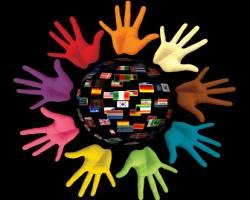
Summary - The Future
We can systematically look at every continent and identify the impact of tribalism and how it stands in the way of modernization. With loyalty to the tribe above everything else, limited freedom of choice, and a closed-minded groupthink mentality, people who belong to the many tribes of the world are in a sense keeping themselves and their descendants from a better and more modern life. Many world leaders have been quoted over time talking about the evils of tribalism and how tribalism as an entity stifles progress. Tribal groups go to war against each other for small spoils and power. Yet despite all the negativity, tribalism has sustained and in some opinions is poised to grow.
With an increasingly global society on the fringe, nations and borders are losing their importance. People are congregating with those who are similar to themselves and driving out those who are not. The Middle East is being once again overrun by an ancient Sunni versus Shia Muslim tribal dispute. Ethnic groups are moving in huge blocks to escape the violence and rejoin their compatriots. Political parties are becoming more polarized and almost tribal in their behavior toward one another – the violence comes in the form of granting or denying rights and powers to groups which the opposition has a loathing for. The Liberal Democrats give marriage rights to homosexuals which enrages the Conservative Right. Climate Change legislation by Barack Obama, movements like Black Lives Matter, and perceived economic divides are the tenants of the new tribes forming. The tribal leaders are elected, appointed, or otherwise granted power by their collective voluntary membership but the end results seem to be the same. A voluntary submission of freedoms, surrender of rights, and a groupthink mentality produces sheeple who are cannon fodder in the moral wars in America.
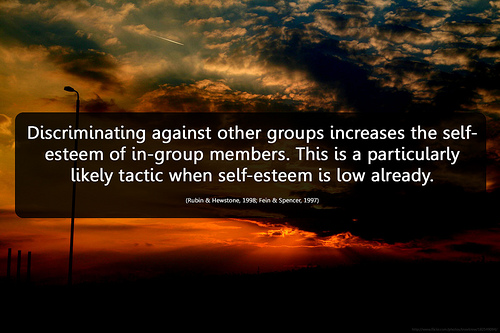
Always welcome comments from anyone who wishes to share them, provided they remain civil. My hub isn't your sounding board so stay on topic. This is a topic that I've been thinking about for a few weeks and found to be thought provoking. Thanks for reading.
Blessed Be!



